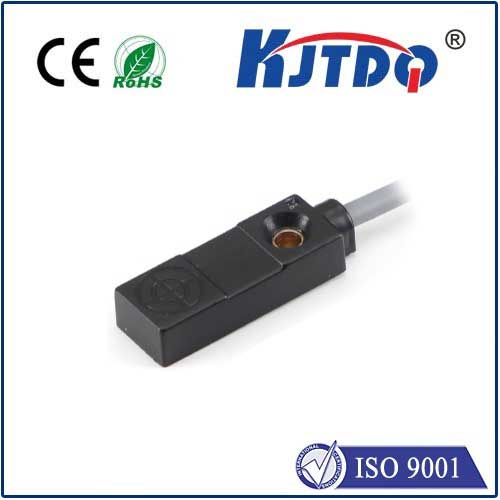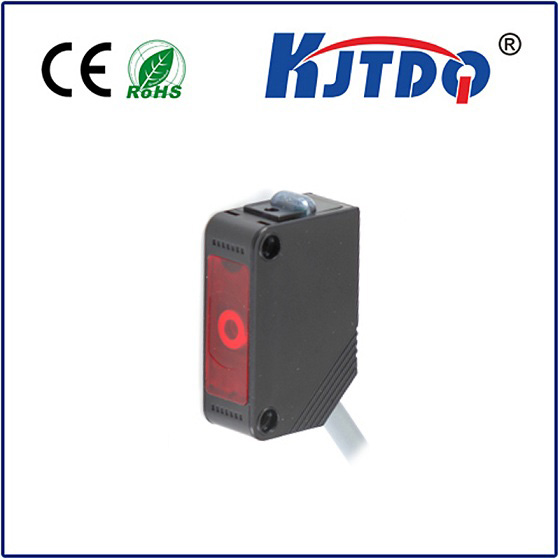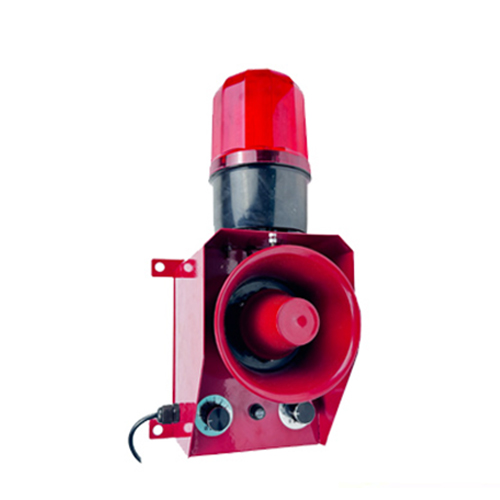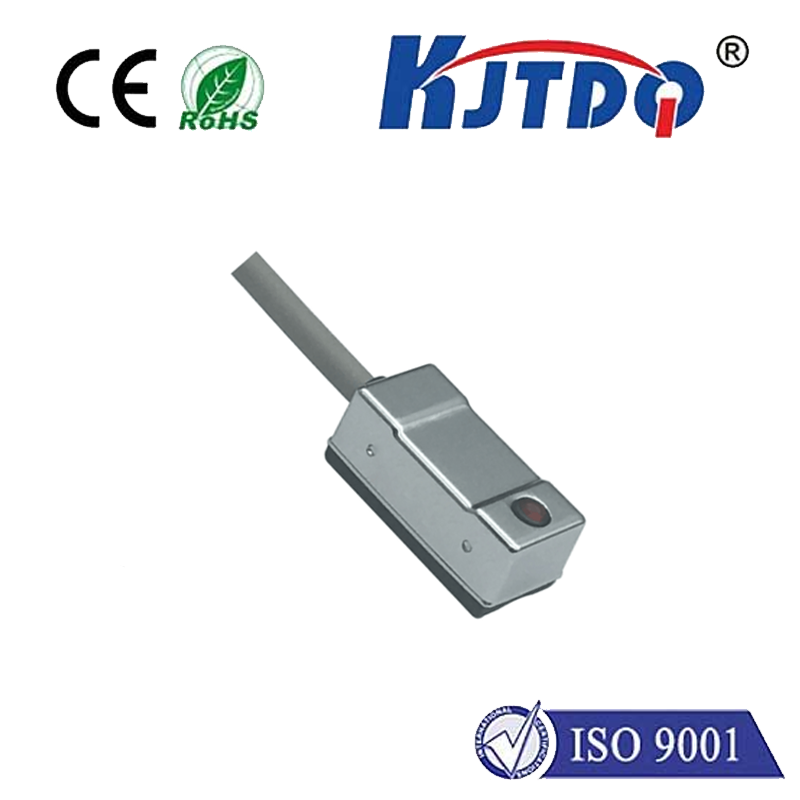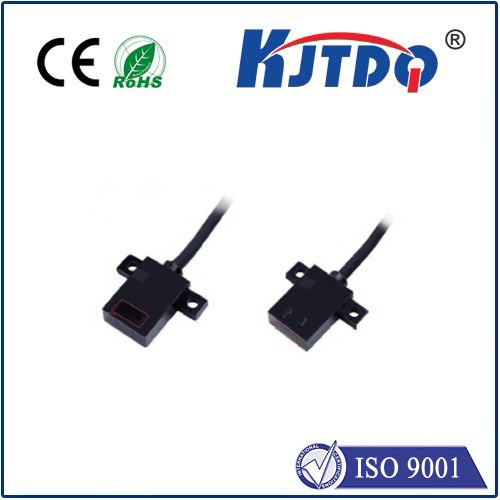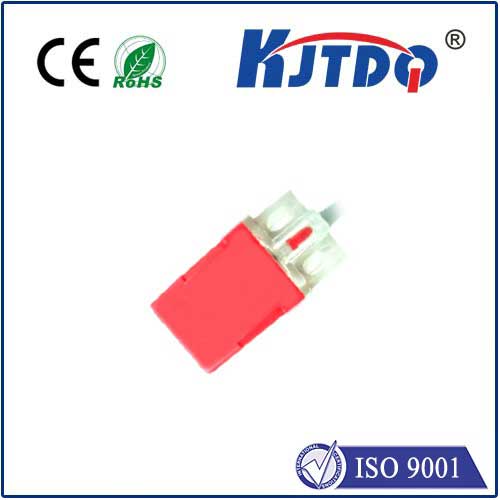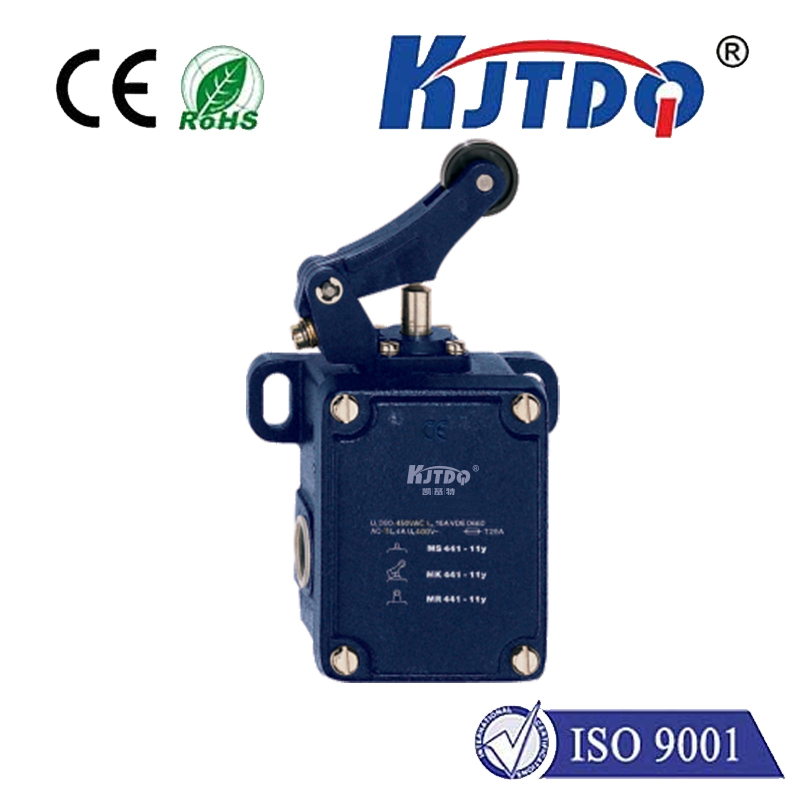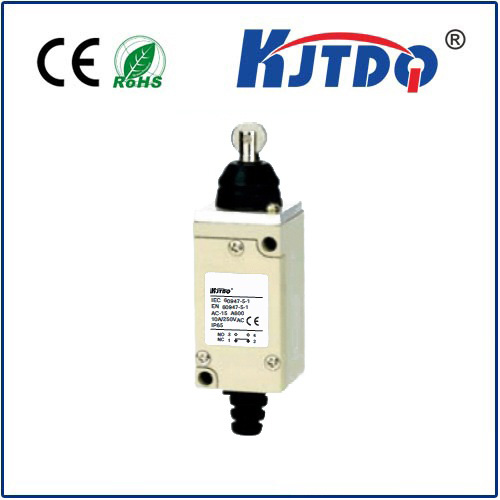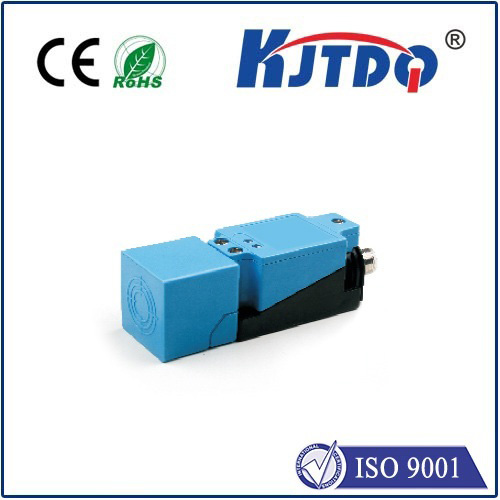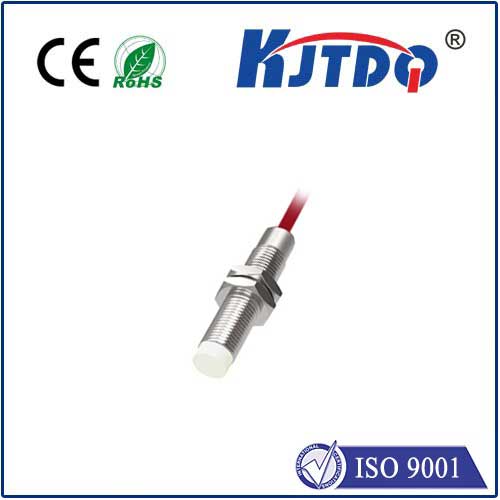optical slip angle sensor
- time:2025-08-16 00:05:56
- Нажмите:0
Seeing the Grip: How Optical Slip Angle Sensors Revolutionize Vehicle Control
Imagine navigating a sharp curve on a wet road. You steer precisely, but the rear tires begin to slide sideways – a loss of grip threatening control. Understanding the exact angle at which your tires are slipping relative to the direction they’re pointing is critical for preventing a spin. This critical measurement, known as the slip angle, is where optical slip angle sensors emerge as a game-changer in modern vehicle dynamics and safety. These sophisticated devices harness the power of light to provide unparalleled insights into tire behavior, enabling smarter, faster, and more effective vehicle stability interventions.
Beyond Steering Input: Understanding Slip Angle’s Crucial Role
Slip angle is fundamental to tire dynamics. It’s the angle formed between the direction a tire is pointed (its heading) and the direction it’s actually traveling. While a small slip angle is necessary to generate lateral force for cornering, excessive slip indicates a loss of traction. Precisely measuring this angle in real-time is essential for:
- Vehicle Stability Control (VSC) / Electronic Stability Control (ESC): These systems rely on knowing when a vehicle is deviating from the driver’s intended path (understeer or oversteer) to apply individual brakes or modulate engine power to regain control.
- Advanced Driver Assistance Systems (ADAS): Features like lane-keeping assist, collision avoidance, and adaptive cruise control benefit from understanding the vehicle’s actual trajectory relative to the road.
- Performance Driving & Motorsport: Maximizing cornering speed and lap times requires drivers and systems to operate tires at their optimal slip angle for peak lateral force.
- Tire Testing & Development: Engineers need accurate slip angle data to characterize tire performance under diverse conditions.
The Optical Advantage: Precision Through Light

Traditional methods of estimating slip angle often involved complex calculations using inputs from wheel speed sensors, steering angle sensors, inertial measurement units (IMUs), and sometimes hub-based force transducers. While functional, these approaches can suffer from cumulative errors, latency, and indirect estimations. Optical slip angle sensors offer a more direct and precise solution by visually tracking the tire’s motion relative to the vehicle body, specifically its suspension upright.
Here’s a glimpse into their core operating principle:
- Target & Pattern: A precisely engineered optical target, often featuring unique patterns or markers, is rigidly attached to the unsprung mass, typically the wheel hub, brake calliper bracket, or suspension upright.
- High-Speed Imaging: A small, ruggedised camera module, securely mounted on the vehicle’s sprung mass (like the chassis or subframe), is positioned to maintain a clear view of the target as the suspension moves.
- Lighting: Integrated LEDs illuminate the target, ensuring consistent visibility regardless of ambient light conditions – crucial for reliability day or night.
- Image Processing & Calculation: The sensor’s onboard processor analyses the high-speed video feed in real-time. Sophisticated algorithms track the displacement and rotation of the target pattern relative to the camera.
- Lateral Displacement: When the tire experiences lateral force during cornering, the suspension deflects. The sensor detects the lateral shift of the target relative to the camera.
- Steering Angle: The optical pattern also reveals the rotation of the target caused by the steering input. By combining the measured lateral displacement (indicative of tire deflection due to lateral force) with the measured steering angle, the sensor directly calculates the true slip angle at the tire-road interface.
Why Optics are Winning the Race: Key Advantages
The optical slip angle sensor approach offers significant benefits over indirect methods:
- Direct Measurement: Provides a direct, real-time measurement of slip angle at the specific wheel location, eliminating the need for complex, error-prone estimations based on multiple vehicle signals.
- Unmatched Accuracy & Resolution: Optical tracking delivers very high precision, often down to fractions of a degree, crucial for high-performance applications and nuanced vehicle control.
- Reduced Latency: Direct sensing and rapid image processing enable extremely fast response times, often in the millisecond range. This speed is vital for stability control systems that need to react before a skid becomes uncontrollable.
- Insensitivity to Vehicle Mass & Load: Unlike systems relying heavily on IMU data (which are affected by passenger/cargo load), optical sensors measure the fundamental tire characteristic directly.
- Reduced Data Fusion Complexity: By providing a direct slip angle signal, these sensors significantly simplify the algorithms needed within ESC/ADAS control units.
Illuminating Applications: Where Optical Slip Angle Shines
The precision and speed of optical slip angle sensors make them invaluable across the automotive spectrum:
- High-Performance & Luxury Vehicles: OEMs are increasingly integrating these sensors to enable the next generation of ultra-responsive stability and traction control systems, enhancing both safety and driving dynamics.
- Motorsport: Formula 1, WEC, GT racing, and high-level rally extensively utilize optical slip angle sensors. They provide critical telemetry for engineers to fine-tune setups and give drivers real-time feedback on tire performance.
- Advanced Chassis Testing & Development: Prototype vehicles and tire manufacturers rely on these sensors for accurate characterization of vehicle dynamics and tire-road interaction under controlled test conditions.
- Commercial Vehicles & Heavy Machinery: Improving the stability and safety of trucks, buses, and agricultural/construction equipment under challenging loads and terrains is another growing application.
- Autonomous Vehicle Development: Precise knowledge of individual wheel slip angles is fundamental for developing the robust control algorithms required for safe and predictable autonomous operation in all conditions.
The Road Ahead for Optical Sensing
While cost has historically been a barrier for mass-market adoption compared to simpler sensor types, optical slip angle sensor technology is rapidly evolving. Miniaturization, improved manufacturing processes, and more efficient processing algorithms are driving costs down. As the demand for ever-higher levels of vehicle safety, performance, and autonomy intensifies, the superior accuracy, speed, and directness of optical slip angle measurement position it as a cornerstone technology for the future of vehicle dynamics control. This innovation allows vehicles to truly “see” the grip at each corner, translating into safer journeys and more exhilarating drives.

